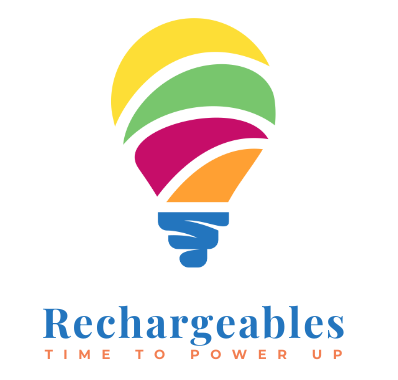Load shedding in South Africa is implemented by Eskom, the country's state-owned power utility. Eskom is responsible for generating, transmitting, and distributing electricity across the country. As the primary electricity supplier in South Africa, Eskom manages the national power grid and makes decisions regarding load shedding.
Eskom's role in load shedding involves monitoring the supply and demand of electricity, assessing the available generation capacity, and determining the need for load shedding to prevent a total collapse of the grid. They develop load shedding schedules that outline which areas or groups of customers will experience power outages and for how long.
Eskom communicates load shedding schedules and updates to the public through various channels, such as their website, social media platforms, and direct communication with municipalities and other stakeholders. They strive to provide advance notice to customers, allowing them to prepare for the power interruptions as much as possible.
It is important to note that load shedding may also be implemented at a municipal level by some municipalities in South Africa. In such cases, the municipalities have their own schedules and procedures for managing local load shedding within their jurisdiction, while still operating within the broader framework set by Eskom.

